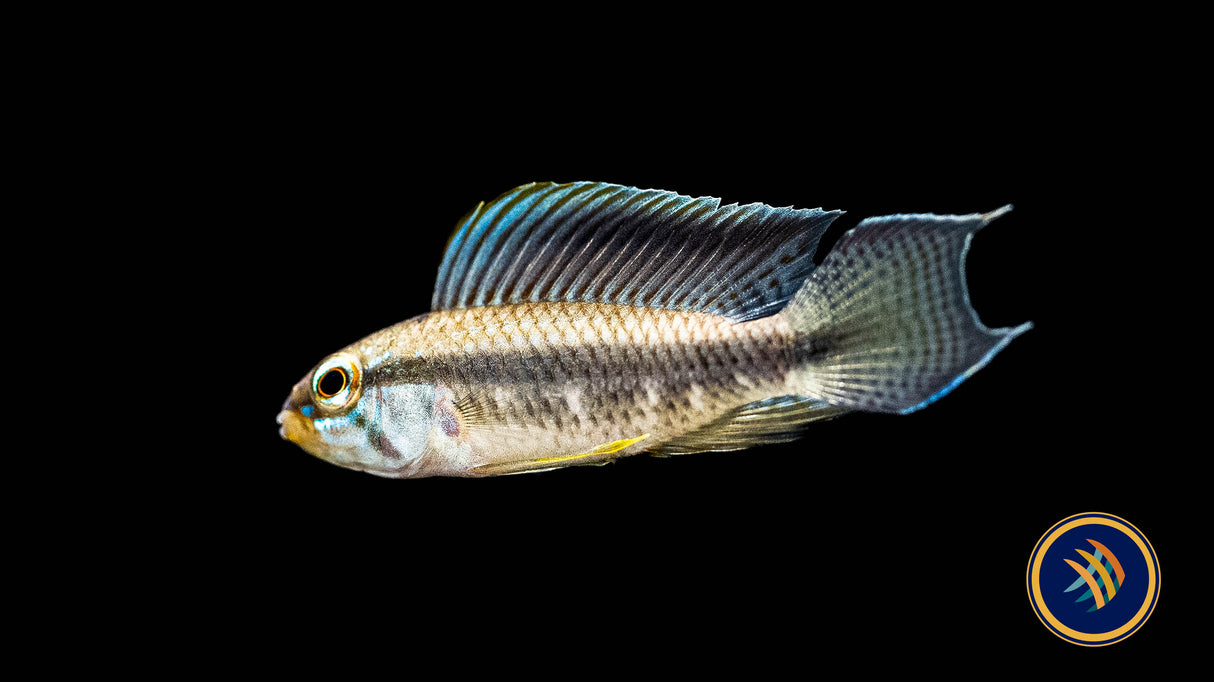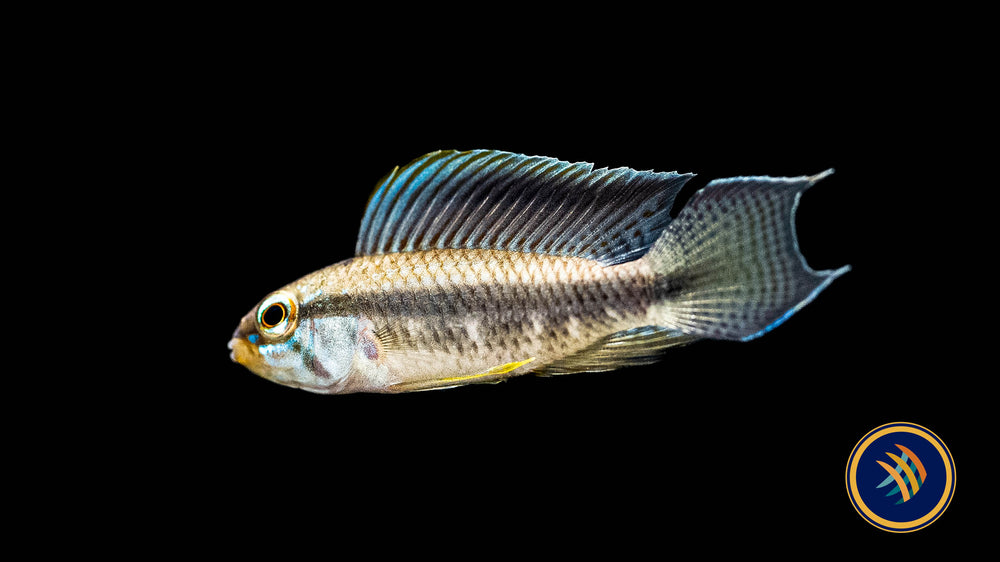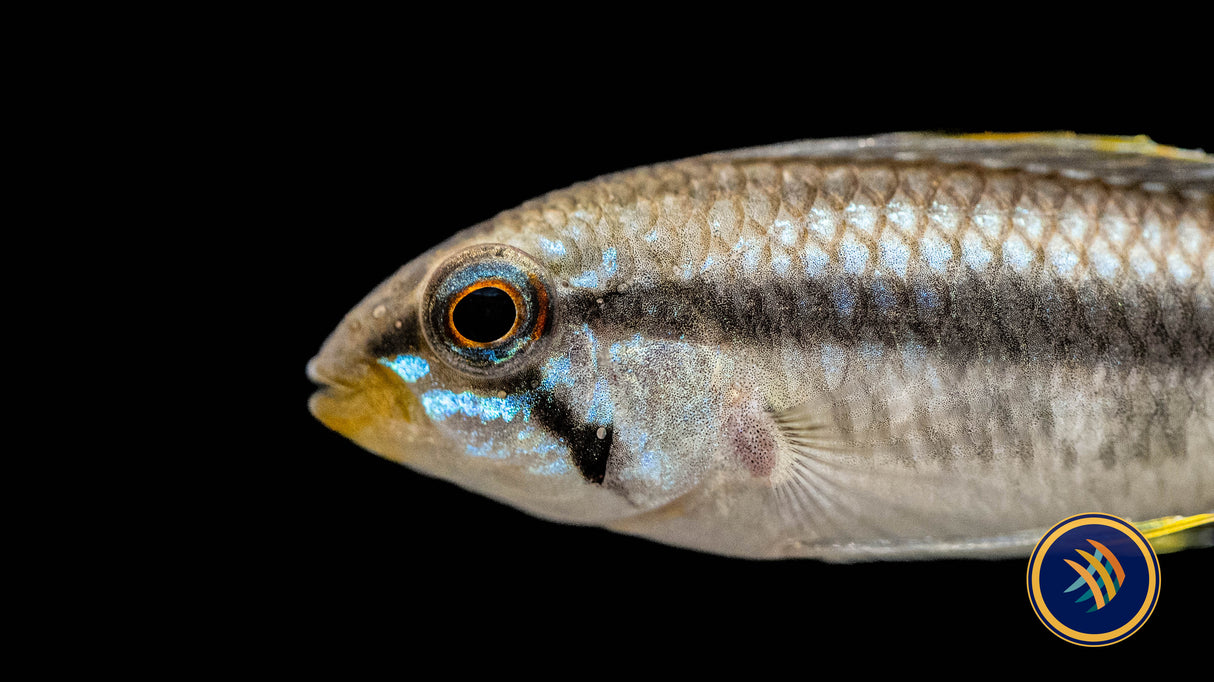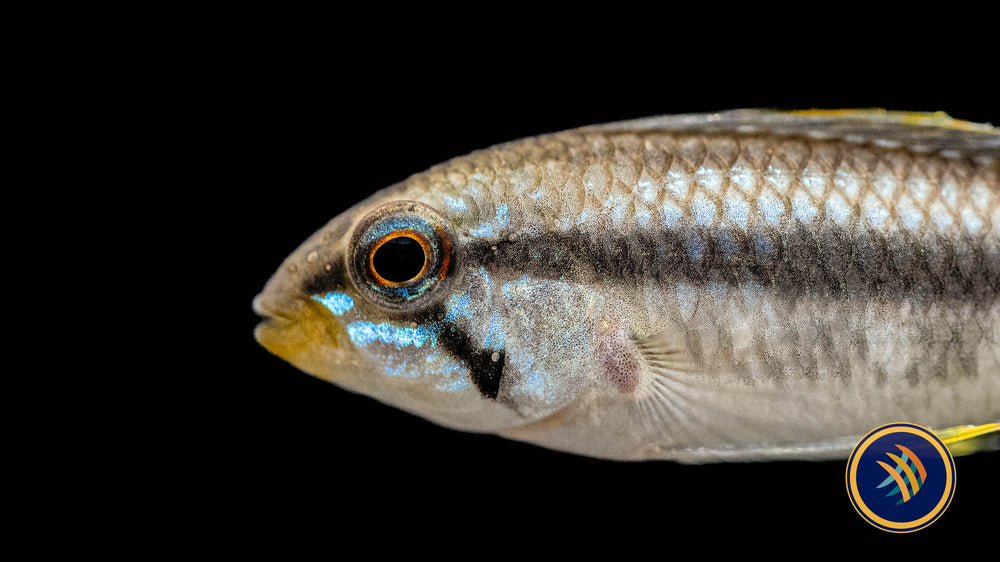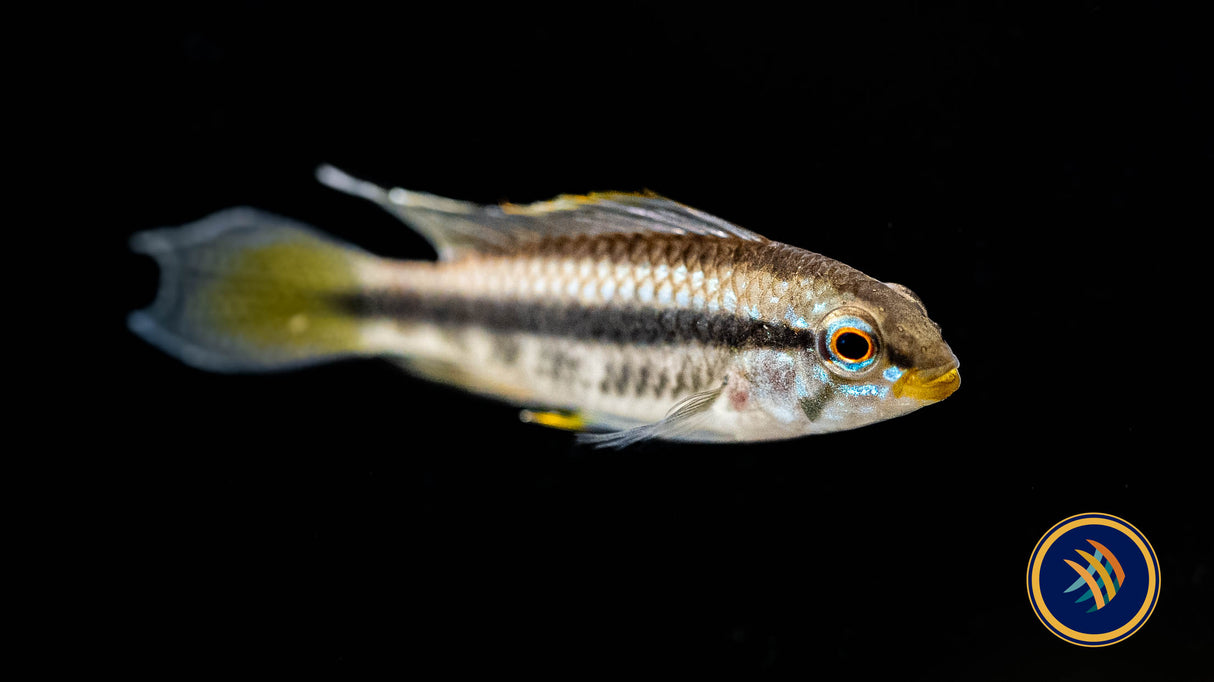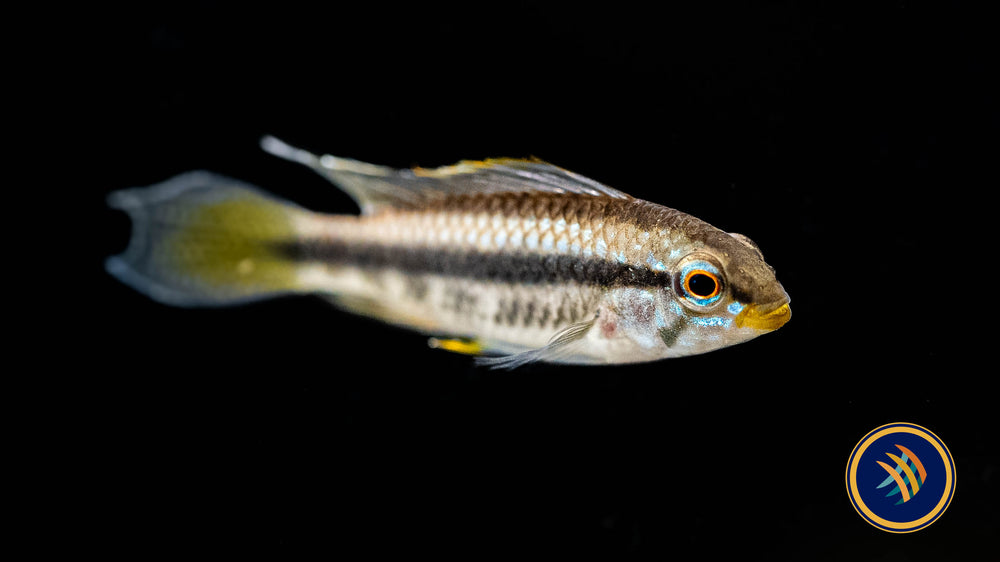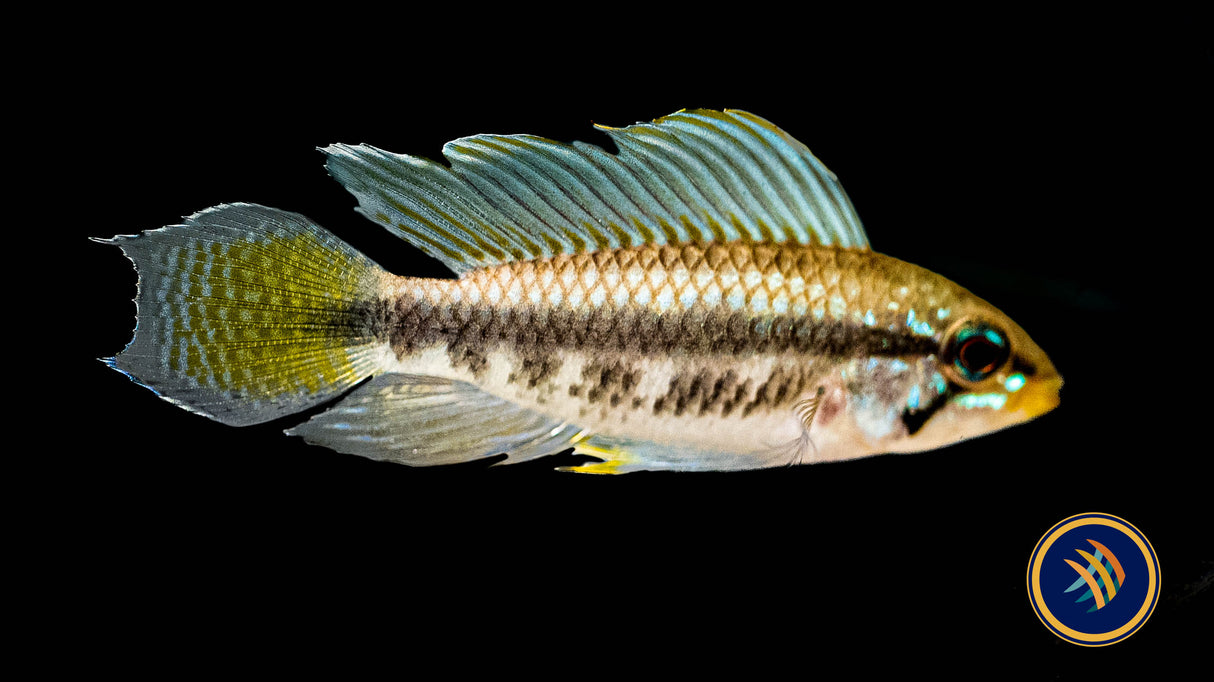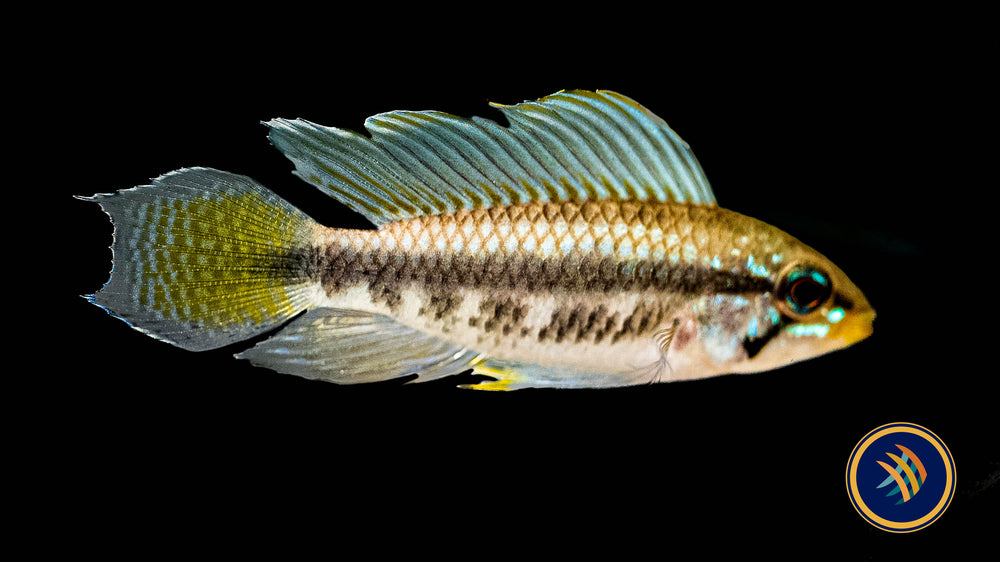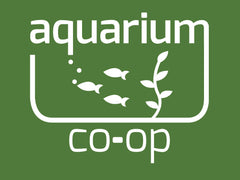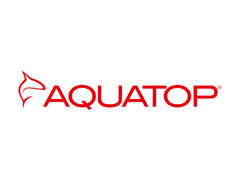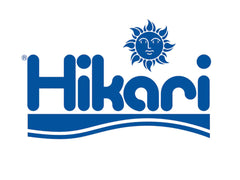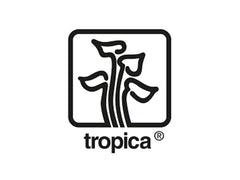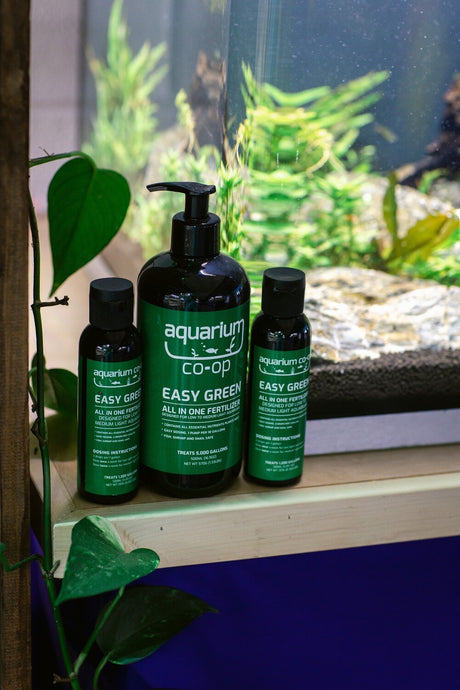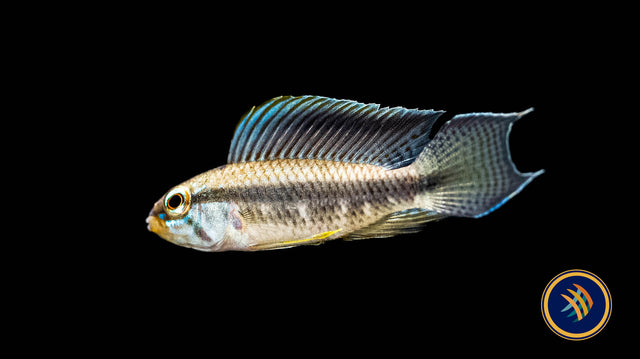Apistogramma Sp. "Rio Negro"
Apistogramma Sp. "Rio Negro" is backordered and will ship as soon as it is back in stock.
Delivery and Shipping
Delivery and Shipping
Product Refunds & Returns
- Returns can be processed within 14 days from purchase.
- To return products, they must be in original condition
- Shipping expenses are not refundable
- If your items have been damaged in shipping, please contact us within 24 hours of receipt with photos, and we will assist you.
Livestock Refunds, Returns, & Surrenders
- If you are unhappy with your livestock for any reason, you can bring it back within 72 hours for a full refund; we do not pick up returns
Apistogramma Sp. "Rio Negro"
Description
Description
The Apistogramma species "Rio Negro" is a type of dwarf cichlid that originates from the Rio Negro river in South America.
-
Temperature: Apistogramma species, including those from the Rio Negro, prefer warmer temperatures. Keep the water temperature in the range of 75-82°F (24-28°C).
-
Minimum Tank Size: A minimum tank size of 20 gallons is recommended for a pair or a small group of Apistogramma Sp. "Rio Negro." Provide plenty of hiding spots and visual barriers using plants and decorations.
Feeding Habits: Apistogrammas are omnivores. Offer them a varied diet that includes high-quality flake food, pellets, live or frozen foods such as brine shrimp, daphnia, and bloodworms. A diverse diet will help maintain their health and enhance their colors.
Habitat Preference: These fish are found in slow-moving waters with dense vegetation and submerged branches in the Rio Negro region. In the aquarium, replicate this environment by adding plants, driftwood, and rocks. They appreciate a well-decorated tank with hiding places.
Water pH Level: Aim for a slightly acidic to neutral pH level in the range of 6.0 to 7.0. The Rio Negro is known for its dark, acidic water, so maintaining these conditions will help replicate their natural habitat.
Behavior: Apistogramma Sp. "Rio Negro" are known for their interesting behavior and can be somewhat territorial, especially during breeding. They are generally peaceful but can become more aggressive during the breeding season.
Apistogrammas are best kept in pairs or small groups in a spacious tank. Avoid keeping them with larger or aggressive tank mates.
They inhabit various levels of the aquarium, exploring mid to lower areas. They may explore the bottom substrate, especially during feeding.
Color: The coloration of Apistogramma Sp. "Rio Negro" can vary, but they often exhibit vibrant and striking colors, especially during the breeding season. Males typically have more intense colors and longer fins than females.
Other Details: Regular water changes are crucial for maintaining good water quality, as Apistogrammas can be sensitive to changes in water parameters. Breeding Apistogrammas can be challenging but rewarding. Provide suitable caves or flat surfaces for them to spawn on, and consider offering live or frozen foods to condition them for breeding.
Always research and understand the specific needs of the fish you are keeping, as individual variations can occur even within the same species.
Specifications
Specifications
-
CategoryCichlids
-
Species TypeDwarf Cichlid
-
Water Temperature
-
Minimum Tank Size20 Gallons
-
Water pH LevelAcidic, Neutral
-
Habitat PreferencePlanted Tanks, Rocky Tanks, Hiding Spots, Driftwood
-
BehaviourAggressive, Semi-aggressive
Payment & Security
Payment methods
Your payment information is processed securely. We do not store credit card details nor have access to your credit card information.

